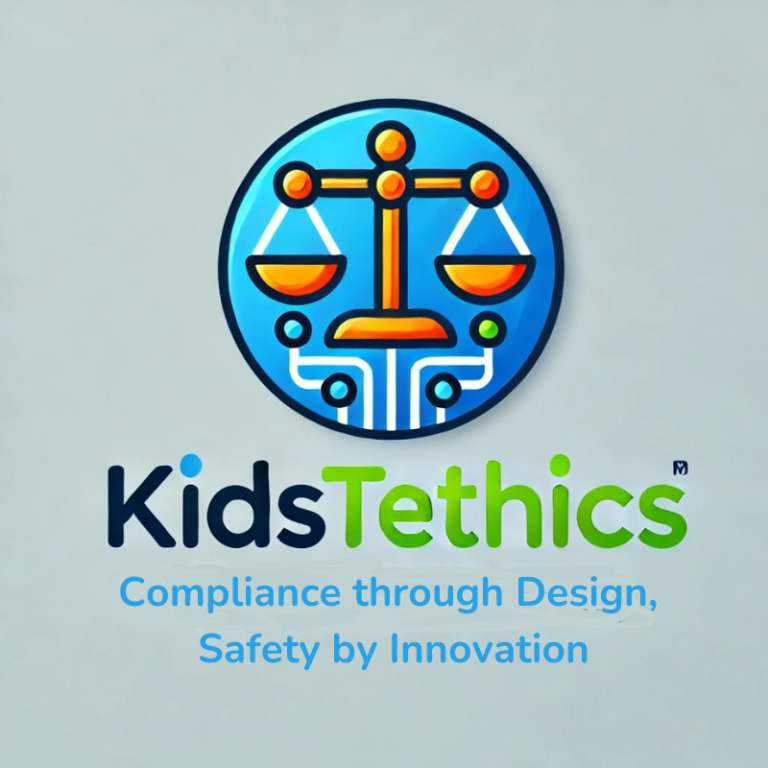
Likely to Be Accessed by Children
Ensuring Ethical Data Practices when Children's Data Could be Present
In the realm of training Large Language Models (LLMs), ensuring ethical data practices is paramount, especially when dealing with potentially sensitive information such as the data of children. As firms scrape the web to gather data for training purposes, they must navigate the ethical considerations surrounding the collection, analysis, and use of this data. Here, we delve into the concept of “likely to be accessed by children” and offer guidance on how firms can document and prepare their analysis mindfully.
- “Likely to be Accessed by Children” Defined:
Identifying websites or online content that are likely to be accessed by children requires understanding factors such as content type, audience demographics, and user engagement patterns. Educational resources, gaming platforms, and social media sites geared towards younger audiences are examples of content that may fall into this category. But more nuanced are the sites designed for adults that children engage. Having your engineers and data scientists, ask the question with the intent to find and document their findings is an honest first step. My next article will address a short form assessment that all businesses can perform with ease.
- Ethical Considerations:
Firms must consider the ethical implications of collecting data from sites likely to be accessed by children. Turning a blind eye to gathering, processing, selling, or trading data without proper provenance violates European standards, and with present legislative efforts, firms risk significant penalties. This includes respecting children’s privacy rights, obtaining appropriate consent from parents or guardians (which may involve parental control settings, age verification mechanisms, or explicit consent for data collection), and ensuring that data collection practices comply with relevant regulations such as COPPA, GDPR, Digital Services Act, EU AI Act, and Age-Appropriate Design Codes, among others.
- Documentation and Transparency:
Transparent documentation of the analysis process is essential for accountability and compliance. Firms should document their criteria for determining which websites they assessed as likely to be accessed by children, including the methodology used for data collection and analysis, and any safeguards implemented to protect children’s data privacy.
- Risk Assessment:
Conducting a thorough risk assessment helps firms identify potential risks associated with collecting and processing children’s data. While the task of such assessments may seem overwhelming as yet another process, the exercise is not time-intensive, and if done in good faith, can deliver sound insights into Key Performance Indicators (KPIs). This includes assessing the sensitivity of the data, potential harm to children if the data were to be compromised (such as exposure to inappropriate content or personal information leaks), and the effectiveness of existing privacy and security measures.
- Anonymization and Data Minimization:
To mitigate privacy risks, firms should practice data minimization by only collecting the data necessary for training purposes and implementing anonymization techniques to protect individual identities. This includes aggregating data, removing personally identifiable information, and using techniques like differential privacy (which adds noise to data to obscure individual records while preserving overall statistical properties) to preserve anonymity. Once again, documentation of the process will be essential should a state Attorney General inquire.
- Regular Audits and Reviews:
Ongoing audits and reviews of data collection practices are critical for ensuring compliance with ethical standards and regulatory requirements. This includes monitoring changes in website content and user demographics, assessing the effectiveness of privacy safeguards, and making adjustments as needed. On the near-term horizon is the use of independent third-party audits, very similar to those used in accounting. (I’ve written on this topic before:
“Understanding the Distinction Between Technical and Governance Audits for AI: A Critical Analysis”
By documenting their analysis process, practicing transparency, and implementing robust privacy safeguards, firms can ethically collect and use data likely to be accessed by children for training LLMs. Through careful consideration of ethical principles and adherence to best practices, firms can contribute to the responsible development of AI technologies while respecting the rights and privacy of children online.
